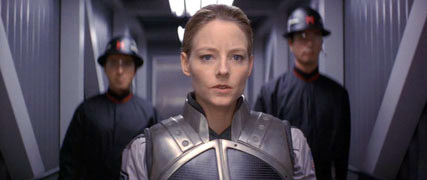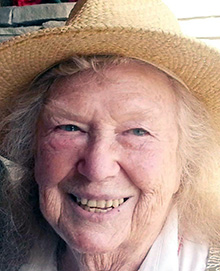I am yet again re-reading Dr. Dan Kindlon & Dr. Michael Thompson’s Raising Cain. There is just something about this particular book that sets it apart from all the rest on the same subject. Do you know what that something is? It is an easy read with lots of case study excerpts, but the two authors manage to utilise those microcosms in such a way that the reader is bombarded with evidence supporting the chapter’s underlying principle. Every time I read this book, I have a new favourite chapter. This time–though I haven’t finished the book yet–chapter 3 had the heaviest impact on me.
Chapter 3 is about discipline; how harsh it can be, the ineffectiveness of corporal punishment and verbal abuse, and the disparity between how boys are typically punished and how girls are typically punished for the same act. While the entire chapter offers incredible insight into disciplining boys, I can’t quote it all for obvious copyright reasons. I will, however, give you just a taste of the wonderful things presented in this chapter. Firstly, Kindlon and Thompson suggest that “we impose a ‘tyranny of toughness’ on boys and men” (2000, p. 54). That single statement encompasses a plethora of facets regarding not only discipline in the home and at school, but also the state and federal systems of [in]justice. The authors give detailed statistics about incarceration being much more prominent for males of any age than their female counterparts. I believe this passage is radically important for many reasons, but one more so than any of the others. This harsher punishment for males stemmed from one idea that has perpetuated itself throughout time and culture. I find that aspect to be vastly significant because it illuminates the importance of standing up for one’s beliefs. If all it takes for injustice to prevail is for people to not speak out against something that is wrong, then society as a whole is in for some serious political and judicial turmoil.
Secondly, the authors demonstrate just how devastating the effects of the sex-based discipline disparity truly are. Dr. Thompson initiates this discussion by introducing a case study about a ninth grade “troublemaker” named Nick (Kindlon & Thompson, 2000). After the school shrugged him off as being immature, he was referred to Dr. Thompson for counseling. Thompson makes a bold, yet readily justified conclusion that:
If a girl were the most annoying person in the ninth grade, everyone would want to know what was going on inside her head. If a boy is the most annoying person in the ninth grade, many people simply say: “Jesus, what an irritating kid. He needs some discipline.” Many adults lack curiosity about the motivation of boys[, but] rarely are they reluctant to throw the book at them (Kindlon & Thompson, 2000, p. 60).
Thirdly, the authors give some examples of things parents have said regarding corporal punishment or frequently raising their voices at their kids (a euphemistic way of saying ‘verbal abuse’). They initially describe bath time in a family with four young boys. Two boys are causing a wave pool in the tub, and the other two are popping one another in the butt with rolled-up towels. For obvious reasons, this type of situation would likely frustrate Mum or Dad. However, this particular Dad looked at his wife and said “‘Take a good look, because some day you’re going to miss this'” (Kindlon & Thompson, 2000, p. 60). This father realised that this type of energy may seem annoying and severely frustrating at the time, but it is also one of the really fun aspects of parenting. Contrasting this positive outlook on a situation usually considered to be dastardly run amuck, several parents commented in favour of spanking, saying that it’s “‘getting a bad name,'” but that “‘you have to let your son know that you have the ultimate weapon'” (Kindlon & Thompson, 2000, p. 61). This is the comment that baffled me the most. If one’s only control over one’s child is intimidation and fear of physical pain, then I believe that a careful reflection about parenting is in store. Simply hitting a child may provide the immediate gratification of stopping the undesired behaviour, but it absolutely does not teach the child the appropriate or better way to respond in a given situation. Worse yet, years later as adults, those individuals may not remember all the nice things their parents said to them, but the will remember being hit or yelled at “‘like it was yesterday'” (Kindlon & Thompson, 2000, p. 65).
Instead of resorting to slapping a child when he or she does something wrong, taking advantage of that situation and teaching him or her the appropriate way to act proves to be far more effective parenting. Understandably, most of those situations try one’s patience, but taking them time to explain things is vital to a child’s understanding of the world and social situations, self-esteem, and the beliefs that he or she will apply when parenting his or her own children.
|:| Zach |:|
—
REFERENCES:
Kindlon, D., & Thompson, M. (2000). Raising Cain: Protecting the emotional life of boys. New York: Ballantine Books.






